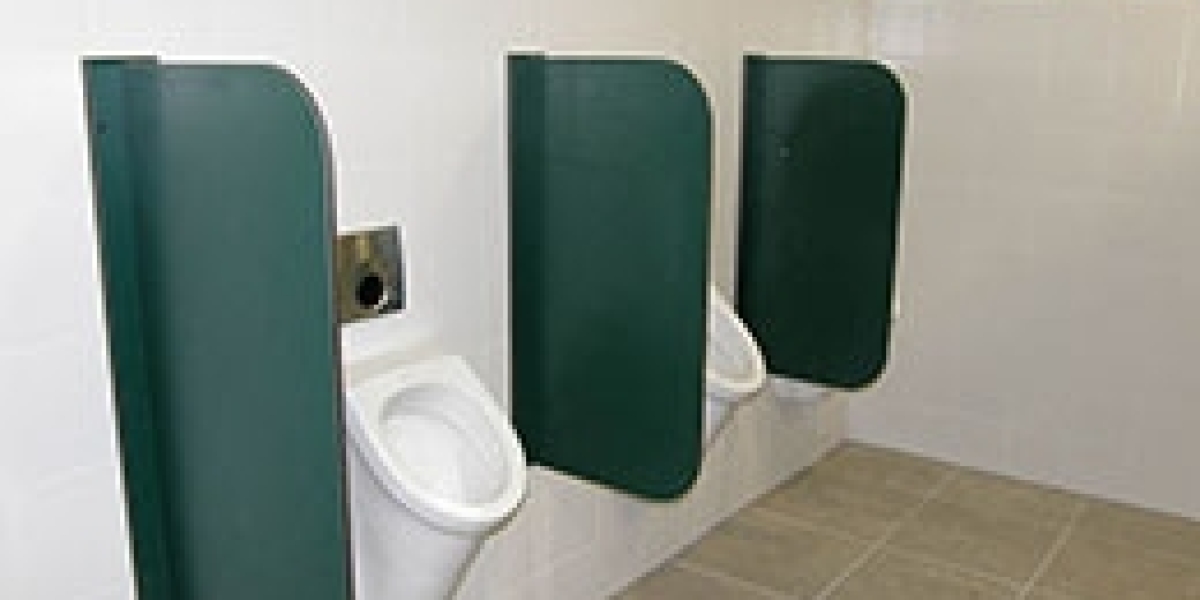When it comes to commercial roof construction, understanding the intricacies involved is crucial for ensuring longevity, durability, and functionality. At Apex Roofing & Contracting, we specialize in delivering top-notch roofing solutions that cater to the unique needs of commercial buildings. In this article, we will explore various aspects of commercial roof construction, including types of roofing systems, materials used, installation processes, maintenance strategies, and common challenges faced during construction.
Understanding Different Types of Commercial Roofing Systems
Commercial roofing systems vary significantly based on building requirements, climate, and budget considerations. Here are the primary types:
1. Flat Roofing Systems
Flat roofs are a popular choice for commercial buildings due to their cost-effectiveness and ease of installation. The most common types of flat roofing systems include:
- EPDM (Ethylene Propylene Diene Monomer): This synthetic rubber roofing is highly durable and resistant to extreme weather conditions.
- TPO (Thermoplastic Olefin): Known for its energy efficiency, TPO roofing reflects sunlight, helping to reduce cooling costs.
- Modified Bitumen: This is a modified version of traditional asphalt roofing, providing increased strength and flexibility.
2. Pitched Roofing Systems
Pitched roofs are characterized by their sloped design, allowing for efficient water drainage. Common pitched roofing materials include:
- Metal Roofing: Extremely durable and low-maintenance, metal roofs are available in various styles and colors.
- Shingle Roofing: Asphalt shingles are popular for their affordability and ease of installation. They can be used in commercial settings when designed for heavier applications.
3. Green Roofing Systems
Green roofs are gaining popularity for their environmental benefits and aesthetic appeal. They involve planting vegetation over a waterproof membrane, providing insulation and reducing heat absorption.
Choosing the Right Materials for Commercial Roof Construction
Selecting the appropriate materials for commercial roof construction is essential for durability and performance. Key considerations include:
1. Weather Resistance
Materials should be chosen based on local climate conditions. For instance, regions prone to heavy rainfall may benefit from waterproof materials like EPDM or TPO.
2. Energy Efficiency
With rising energy costs, energy-efficient materials can significantly reduce operational expenses. Reflective materials, such as TPO, help to lower cooling costs.
3. Sustainability
Incorporating sustainable materials not only supports environmental goals but can also qualify businesses for tax incentives. Options like green roofing systems and recycled materials contribute to sustainability.
The Commercial Roof Construction Process
A successful commercial roof construction project involves several critical steps:
1. Initial Consultation and Assessment
Before construction begins, a thorough assessment of the existing structure is conducted. This includes evaluating the roof's current condition, determining any necessary repairs, and discussing the client's specific needs and budget.
2. Designing the Roof
Based on the assessment, our team at Apex Roofing & Contracting will develop a tailored design that meets the client's specifications while adhering to local building codes.
3. Material Selection
Choosing the right materials is vital to the success of the project. We guide clients through the selection process, providing insights into the benefits and drawbacks of each option.
4. Installation
The installation phase involves careful planning and execution. Our skilled team ensures that all materials are installed according to manufacturer specifications and industry standards, which is crucial for maintaining warranties and ensuring longevity.
5. Quality Assurance
After installation, a comprehensive inspection is conducted to ensure that all aspects of the roof meet quality standards. This step is essential for identifying any potential issues before they become significant problems.
Maintaining Commercial Roofs for Longevity
Maintenance is a crucial aspect of commercial roof construction that can greatly extend the life of the roof. Regular inspections and timely repairs can prevent minor issues from escalating into costly repairs. Here are some best practices for roof maintenance:
1. Regular Inspections
Conducting regular inspections, ideally twice a year, allows for early detection of potential problems, such as leaks or damaged materials. Inspections should also follow severe weather events.
2. Cleaning Debris
Keeping the roof clear of debris, leaves, and other materials prevents water accumulation and potential damage. Regular cleaning also helps maintain the roof’s energy efficiency.
3. Immediate Repairs
Addressing minor issues promptly can prevent them from developing into major problems. Quick repairs can save businesses significant money in the long run.
Common Challenges in Commercial Roof Construction
Understanding the challenges involved in commercial roof construction can help prepare business owners for potential obstacles:
1. Weather Conditions
Adverse weather can delay construction timelines and impact the quality of installation. It is essential to plan projects around seasonal weather patterns.
2. Budget Constraints
Staying within budget is often a significant challenge in commercial construction. Transparent communication regarding costs and potential overruns is vital for managing expectations.
3. Compliance with Regulations
Navigating local building codes and regulations can be complex. Working with experienced professionals like Apex Roofing & Contracting can help ensure compliance throughout the construction process.
Conclusion
In conclusion, successful commercial roof construction requires a comprehensive understanding of roofing systems, material selection, installation processes, and maintenance strategies. By partnering with a trusted provider like Apex Roofing & Contracting, businesses can ensure their roofs are constructed to the highest standards, providing long-lasting protection and value. Investing in quality roofing is essential for the safety and functionality of any commercial building, and with the right approach, businesses can enjoy a robust and reliable roofing solution for years to come.









